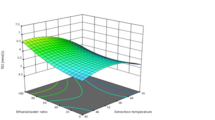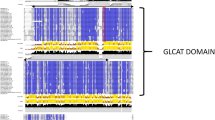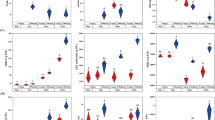Abstract
The Crown gall tumour assay (CGTA) is one of several bench top bioassays recommended for the rapid screening of plants with anti-cancer activity. The rationale for the use of the bioassay is that the tumorogenic mechanism initiated in plant tissues by Agrobacterium tumefaciens is in many ways similar to that of animals. Several plant species with anti-cancer activity have already been discovered using this bioassay. However till date no explicit test of an association between anti-cancer activity of plants and their resistance to crown gall formation has been demonstrated. Demonstration of an association could have exploratory potential when searching for plants with anti-cancer activity. In this paper, we determined whether or not a statistically significant association between crown gall resistance and anti-cancer activity exists in plants found in existing published data sets. Our results indicate that plants with anti-cancer activity have a higher proportion of their species resistant to crown gall formation compared to a random selection of plants. We discuss the implications of our results especially when prospecting for newer sources of anti-cancer activity in plants.
Similar content being viewed by others
Article PDF
Author information
Authors and Affiliations
Corresponding author
Rights and permissions
About this article
Cite this article
Srirama, R., Ramesha, B., Ravikanth, G. et al. Are plants with anti-cancer activity resistant to crown gall? : A test of hypothesis. Nat Prec (2007). https://doi.org/10.1038/npre.2007.1456.1
Received:
Accepted:
Published:
DOI: https://doi.org/10.1038/npre.2007.1456.1



